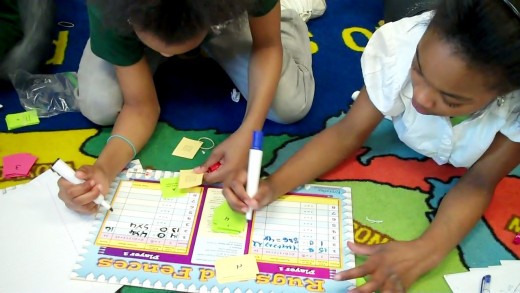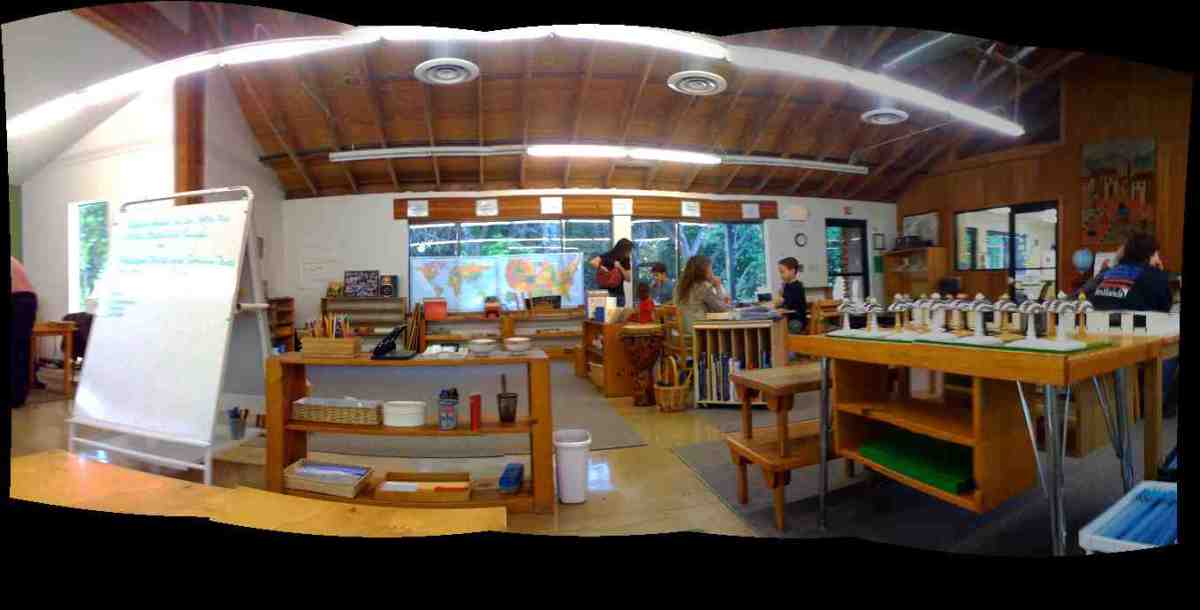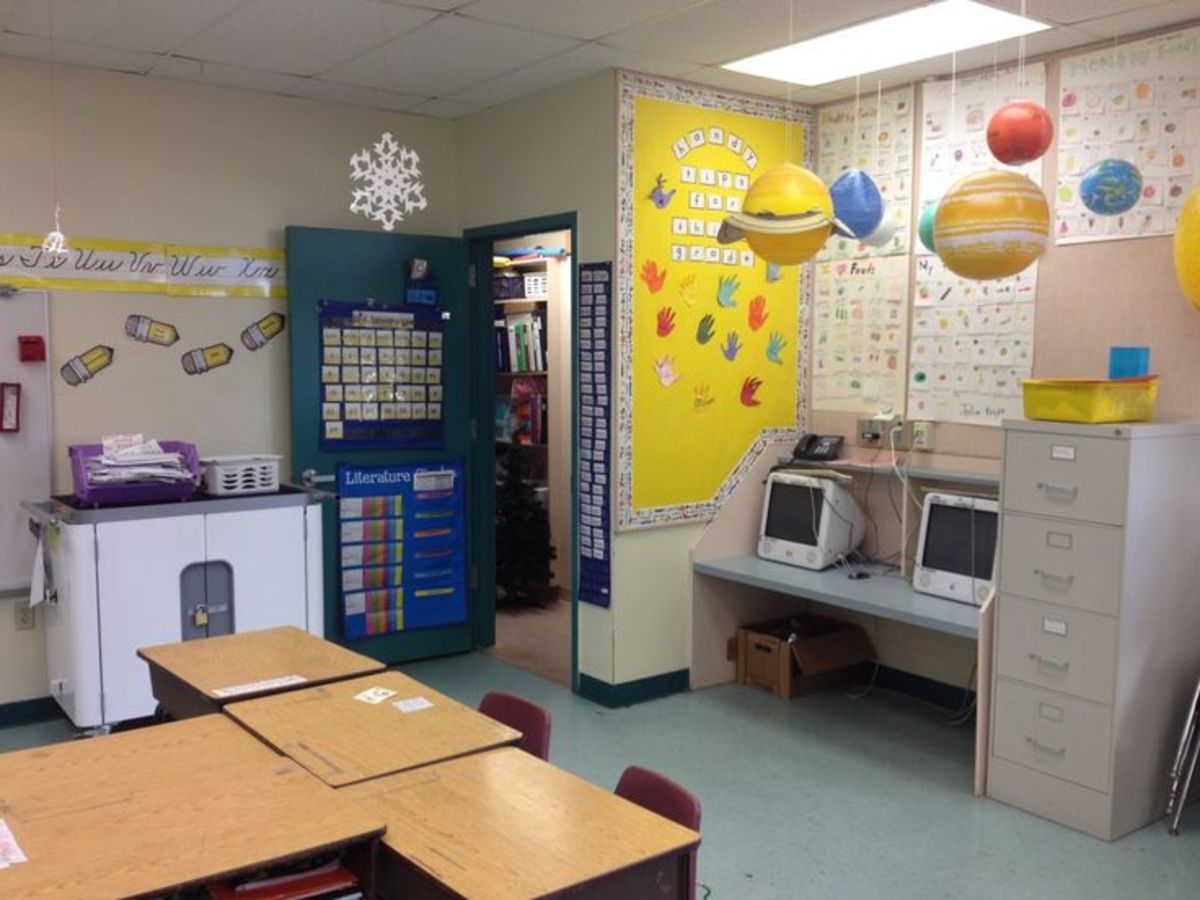Building Classroom Community: Creating a Positive Learning Environment

Building classroom community is not an easy task. Imagine being the leader of a group of thirty young people who have all come from different life experiences and are to come together each day, for the majority of the day, over the course of ten months. This is the first and in my opinion, the most important task for a teacher. Building classroom community starts on the first day of school and continues on throughout the end.
What is classroom community?
Classroom community can be thought of in many ways. It is the climate of the classroom, the interactions among all of the individuals in the room, the overall feeling that one can sense as you walk into the room, it is the culture of the classroom. Everyone wants to be in a positive environment each days. So how does a teacher build that positivity into the daily practice of the classroom? I must say it does not happen on accident. It takes some very calculated decisions in order for that to happen. I work in a district that is considered an urban school district. Eighty-six percent of our student population is considered “at risk.” For those of you who do not know what that means, there are a lot of things that can determine whether a student is at risk. Some of them include: single parent home, a parent who is incarcerated, income level, birth trauma, or other diagnosed learning challenges. So with all of the diverse backgrounds in my classroom and all of the “baggage” that many of my students bring to my classroom, how do I manage to make it a positive experience for all children who enter my classroom?

Tips to Build Classroom Community
There are many ways in which teachers can promote a positive classroom environment. Here are a few ideas to help get you started.
- Model the Expected Behavior Students will say and do the things that you say and do. Have you ever heard your own children say something and thought, oh my goodness, that sounds just like me! My daughter is a mini-me when she talks to her little brother. You may find that your students do the same thing, I know that I have. So choose your words carefully, you are on stage the entire time that your students are with you. Would you rather them speaking to each other in a kind, problem solving way or with frustration and aggravation? They will model their behaviors after you so make your choices wisely.
- Create Class Expectations This is another way of saying rules. I don’t like to use the word rule because for many students it leaves a negative impression for them. By using the word expectation it allows students to know that this is the desired behavior. I also involve my students in creating our expectation chart. By involving students in the process, they are more vested in these expectations and are much more prone to following them.
- Guide Disagreements By guiding disagreements and not solving them, students are able to learn how to problem solve when you are not around. If need be, model appropriate language to use when solving conflict. This is an important life skill for them to learn. When there is conflict, try not to choose sides. Even if it is clear as to who was in the wrong, simply state the facts. Try not to focus on the child being wrong but the choices and behavior that was inappropriate. This will help students to see that you are not targeting them, rather looking at the action. Your students will maintain a sense of trust if they do not feel targeted by you.
- Review These Often Although it seems the most logical for teachers to do this at the start of the school year, this is not the only time to remind students of how you expect them to participate in the classroom. Review your rules and expectations for several weeks in the beginning of the school year, after a large conflict with classmates, and after school vacations.
Books to Help Build Classroom Culture
- Celebrate differences. It is so important for children to see that everyone in the classroom has qualities that are important in the day to day function of your classroom. Perhaps one student is good at math while another is good at reading. Celebrate. Maybe one student is fantastic at figuring out problems with the computer while another is an amazing artist. Celebrate it. Students need to understand that our uniqueness, within themselves and others, is what makes your classroom an exciting and interesting place.
- Use literature. If you have read any of my other hubs about teaching, you know that I am big on using books to help students understand a wide variety of concepts. Literature is a very powerful tool for helping clarify ideas. There are a lot of great books out there to help you do this. A few of them are The Name Jar, Stand Tall Molly Lou Mellon, and Whoever You Are.
- Care. I cannot stress this point enough. Students need to know that you care. If there is not a connection made between you and your students, they will not learn as much from you. If students know that you have a vested interest in them, they will work very hard to learn all that they can in your classroom. There are many ways to show that you care. Share a little bit of your life with them (pets, hobbies, etc.), ask them about something that you know they are interested, just try to find a connection. Believe me, students will remember that.
By taking the time to build this community in your classroom, you will save yourself time in the end. Your students will begin to interact with each other on a more positive note and you will spend less time resolving conflicts. Your students will also grow to trust not only you but one another.









